It started off innocuous enough. Shin high fields of green forbs, speckled with yellow inflorescences, grasses still peaking through their canopy. It was not long until I realized their true nature. Melilotus officinalis, or yellow sweet clover, an old enemy from my time in the tallgrass prairies of Iowa, more a nuisance than anything. Here in Buffalo Gap National Grassland, SD, they reign supreme, fed on the rains of last year, granting them the strength to dominate these vast fields.
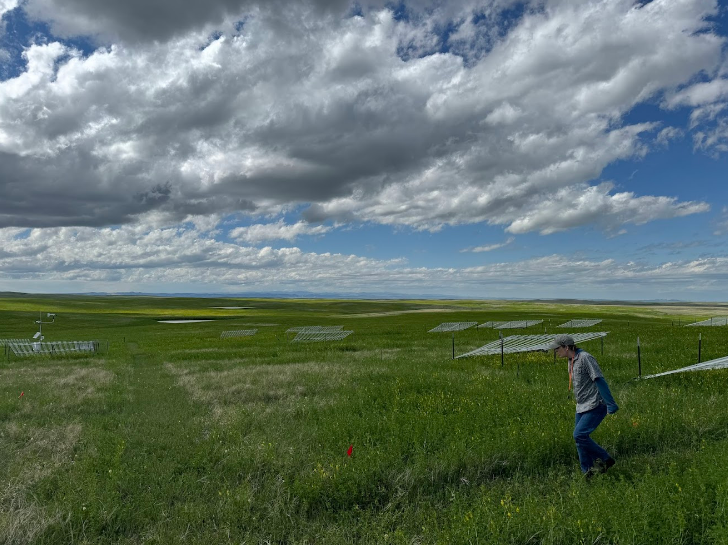
Before we knew it, it seemed to swallow us up as it grew ever upward, the scent of honey thickening the air into a strange gaseous syrup. The M. officinalis stood at chest height with us, and as we ducked beneath its canopy to observe the rest of the plants hiding beneath it, we entered new worlds. A cover survey became a bushwhack through this seasonal midwestern jungle. Stem counts became a dive beneath vegetative waves. No step could be made without the fear of crushing the clover which enveloped our research plots. Their dominance does seem to be waning though, as the dry heat of the summer begins to transform them into brittle husks of their previous selves. And with this desiccation, I see hope, though I fear for the health of the other plants which have lived under the iron fist of sweet clover this year.
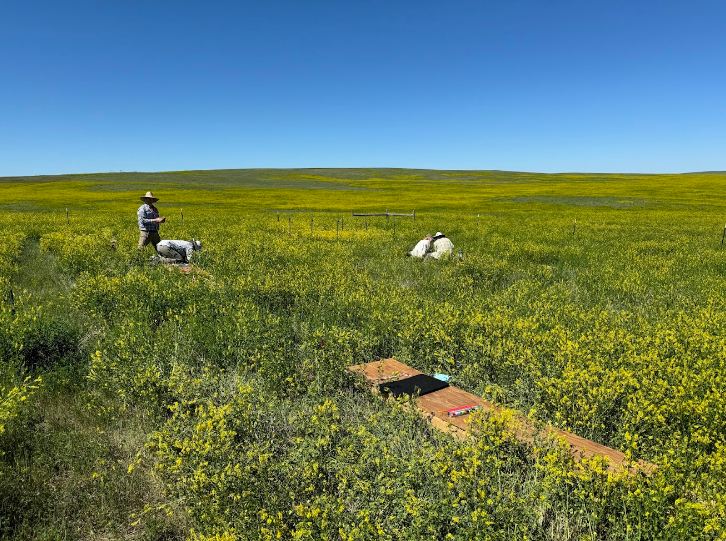
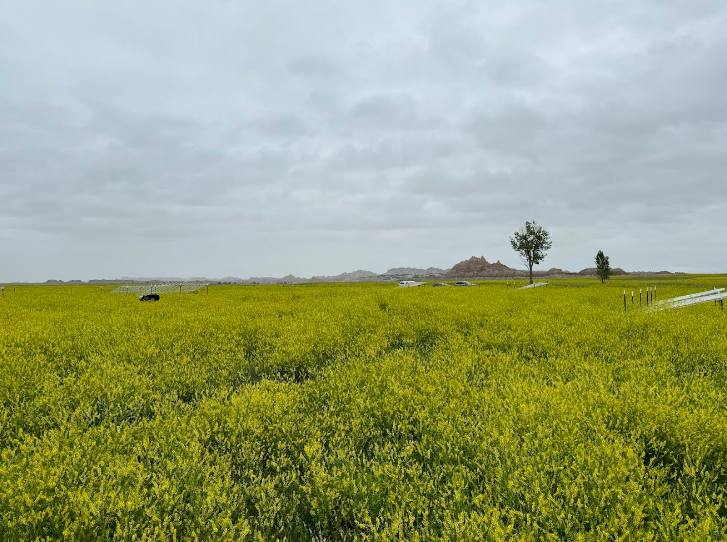
It is hard to believe that I have already been here in South Dakota for a month and half! My time here has felt like a whirlwind of change. In May I walked across a stage and received my Bachelor’s degree, and early the next morning I took off on my own in my hastily packed car, my course set for the Black Hills. From there, I hit the ground running at the Rocky Mountain Research Station in Rapid City, SD, training with the other seasonals on my team. A first-aid class, Forest Service driver’s license, and crash course in local plant ID later, and we were off to the field.
Our work takes us out of the hills into the fields of Buffalo Gap National Grassland where we hope to determine the effects of varying seasonal drought conditions and grazing on the the growth, physiology, and diversity of the mixed-grass prairie. When we are asked what we do, we have taken to telling people that we are trying to make sure that the cows, bison, and grazing wildlife have food each year. Which we are often reminded of as rancher’s cattle watch us from the distance. Most days are spent with our heads near the ground as we identify, count, and measure the various species which make up the grassland community. If you could not tell by my little introduction, this community is currently uncharacteristically dominated by M. officinalis, whose first-year seedlings last year benefitted from a rather wet season, resulting in the explosion of yellow we now see.
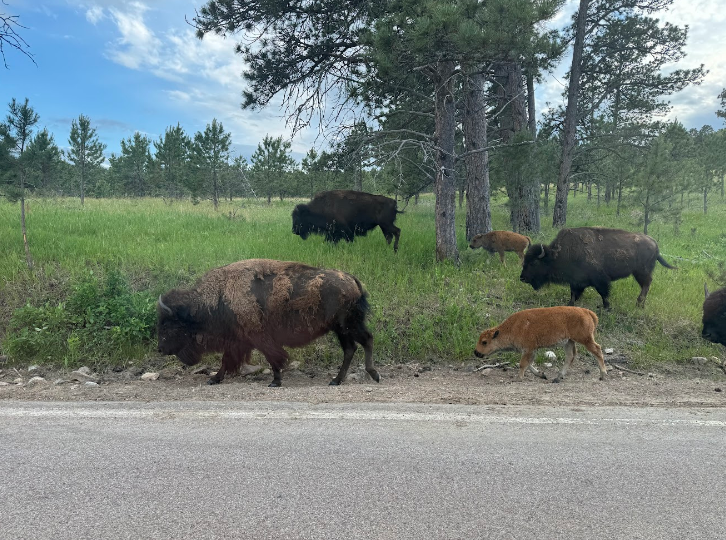
I don’t spend all of my time hanging out in the grasslands though, as I live nearly smack dab in the middle of the Black Hills. In fact, my backyard is literally the Black Hills National Forest! A short walk out my back door and I am lost in slopes of ponderosa pines, a perfect escape when I need a little bit of space from the ever-present tourists who come to see Mount Rushmore, which is also only about 20 minutes from my house.
What I was not expecting though, was that one of the most striking features here would be the consistently picturesque clouds which form over the Hills. Each day seems to produce an uniquely beautiful cloud formation for us, though I am still learning what each is trying to tell us about the weather at that moment, as my now hail-dimpled car can tell you from experience. All the same, the rock formations here, which could often be described as cathedral-like in their own right, are often overshadowed by the vast mountains of water vapor which are built above them. I feel bad waxing poetically about them when there is still the Hills themselves to talk about properly, but there are still more blog posts to make, so I am sure I will get to it.
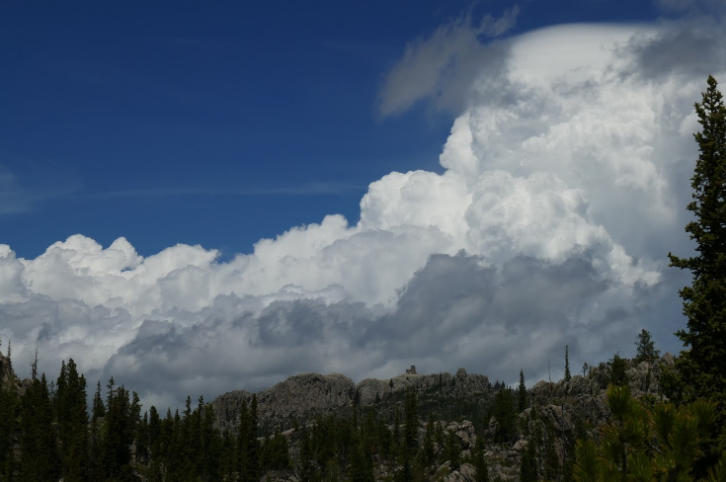
I am already thankful to be able to spend another season out in the field, and I am looking forward to continuing to learn from the rest of my time here with the RMRS!
